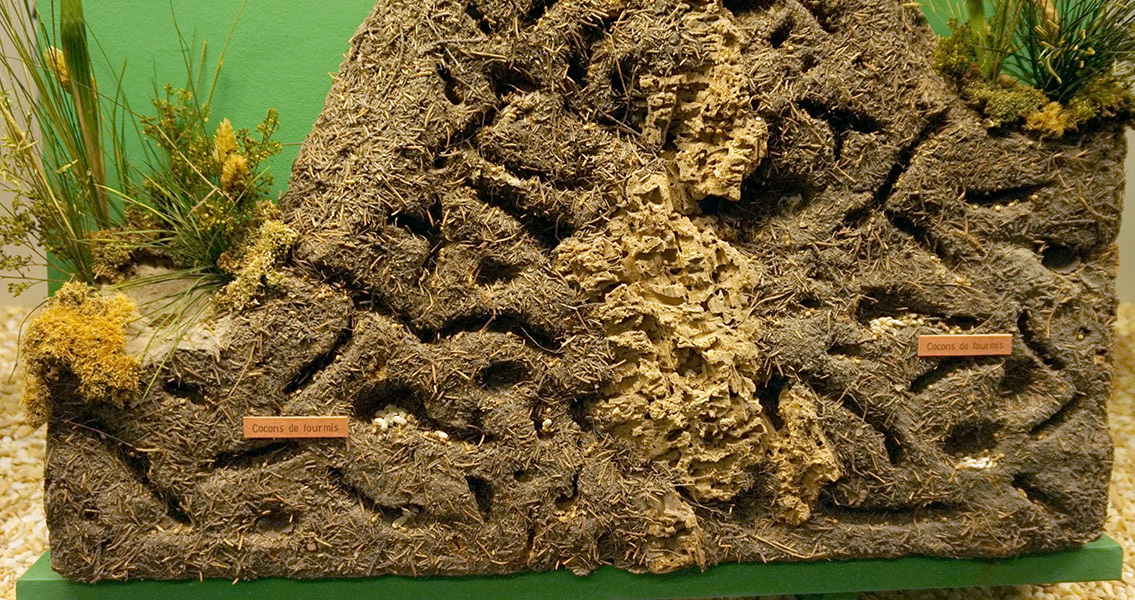<![CDATA[They develop from the same genes but fill totally different ecological roles. How two types of ant can develop from identical genes has long-been a mystery. Before now, scientists studied just a small number of ant species at any one time in their effort to grasp the nature of queen and worker differences. Now, a team from the Okinawa Institute of Science and Technology Graduate University (OIST) in collaboration with the University of Helsinki and other researchers around the world, has considered a larger data set (16 ant species), large enough to provide insight regarding the differences between worker ants and their queen. The research team, led by OIST's Prof. Alexander Mikheyev, and Dr. Claire Morandin with the University of Helsinki, started by looking for genes which were present in all the species that might be involved in maintaining the behavioral, structural and functional differences between the queens and the workers, as opposed to previous research that looked at genes which manifested themselves differently in each species. "Ants originated more than 100 million years ago," Mikheyev told Science Daily, "They are remarkable for their diversity of traits and adaptations, many of them evolving in parallel in different species." Ants evolved from their wasp-like ancestors during the mid-Cretaceous period, 110 to 130 million years ago, and they diversified with the rise of flowering plants. More than 12,500 species have been classified, although it’s believed there could be as many as 22,000 species. Ants form colonies that can vary in size from just a few dozen individuals to highly organized ones that occupy large regions and are comprised of millions. The study, which was recently published in Genome Biology, suggests that the functional and structural differences between worker ants and queens is the result of genes that are essentially expressed in the same way (evolutionary conserved genes) throughout the evolutionary process of all ant species. In other words, they discovered that instead of any one specific gene explaining the differences, it’s the relationships and interactions between sets of genes that could help solve the mystery. The findings highlight the importance of gene expression in the evolution of certain traits. Specifically, the individual gene may not be as important as which other genes they interact with. Conserved gene sets were associated with several other traits as well, the number of queens in a colony for example, and to what degree worker ants are sterile. This supports the idea that modules of conserved genes might be involved in the parallel evolution (across the species) of ant traits. This information is not only important in the study of ants and their queens and workers, but for the study of gene expression in general. "With this study we also demonstrate what kind of non-traditional genomic approach can be applied in ecology and evolution" Morandin told Science Daily. "This technique will be useful for other studies interested in characterizing the link between gene expression and physical, external traits." ]]>
How a Queen and a Worker (Ant) Evolve from the Same Genes
